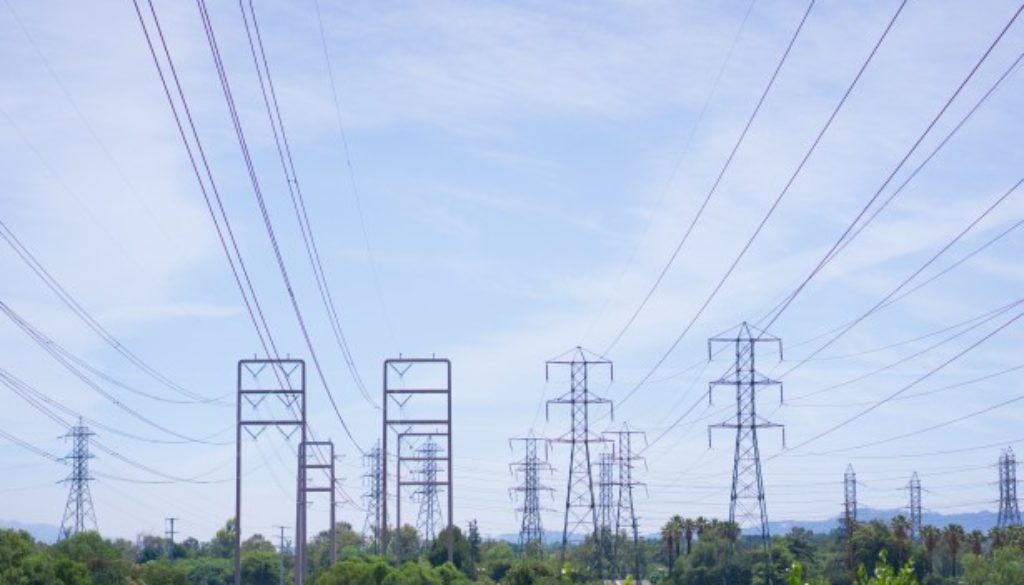Delay of Five Energy Efficiency Standards is Against the Law
By Lauren Urbanek, National Resources Defense Council
As promised, NRDC sued the Trump administration today for delaying five energy efficiency standards that would generate more than $11 billion in energy bill savings and 25 million metric tons of reductions in carbon pollution.
NRDC—as well as the Sierra Club and the Consumer Federation of America (both represented by Earthjustice)—had provided the U.S. Department of Energy (DOE) in April with a 60-day notice of intent to sue if the standards weren’t published in the Federal Register—the last step in the standards-setting process—by now. Eleven states and the City of New York are also suing over the delay.
The five energy-saving standards being held in limbo illegally include the first-ever national standards for air compressors, portable air conditioners and uninterruptible power supplies, which are the battery backup systems used to keep computers and other electronics running when the power goes out. Updated standards for walk-in coolers and freezers and commercial packaged boilers (which heat one-quarter of the nation’s commercial space) are also yet to be published.

Energy efficiency is the most cost-effective tool we have to fight climate change because it avoids emissions from fossil fuel-fired power plants. Even though President Trump backed out of the Paris Climate Agreement, NRDC—along with millions of Americans and more than 1,200 governors, mayors, universities and major business leaders—is still in. Delaying these five standards is not only illegal, it sticks consumers with billions of dollars in unnecessary electricity costs, hurts manufacturers who have prepared and begun making investments to meet the standards, and erects yet another roadblock to a common-sense effort to address climate change.
These standards have already been vetted by industry and efficiency advocates, and were developed as the result of a transparent, years-long process. The DOE signed off on them in December, launching a 45-day “error correction” period to address any specific drafting-error technical issues. Corrections were requested only for the boiler standard, but even in that case DOE still has a legal duty to publish a corrected standard if the identified errors are legitimated. According to law, all the standards should have been published in the Federal Register as official rules months ago.
By 2030, energy efficiency standards will have saved Americans approximately $2 trillion on their utility bills since the program was started under President Reagan. These standards have also spurred American innovation and protected American-made products from inferior imports. An administration that wants to put America first should be ensuring that this successful program continues to work—not holding standards in limbo and proposing to gut the office that issues them.
Here’s a more detailed look at the stalled standards:
Air Compressors
Air compressors are found in commercial and industrial products, like robots used in manufacturing or large paint sprayers — or the machine at the gas stations that pumps air into your tires. According to the DOE, the first-ever standard for this equipment will save commercial and industrial consumers $36 million to $45 million on their utility bills each year, or $200 to $400 million over the lifespan of the machines. Customers will see a payback on their investment in a new compressor within the first 2.5 to 5 years–well within the 13-year lifespan of the compressor.
The standard is less rigorous and more narrow than what NRDC advocated for, but it is an improvement over no standard.
Portable Air Conditioners
While NRDC advocated for a more stringent standard for portable air conditioners, it’s still a big deal that they will finally have to meet any efficiency standard. Window air conditioners have been subject to a standard for more than 25 years, and since portable air conditioners have not, their performance has lagged behind drastically.
The first standard for portable air conditioners will save consumers an average of $125 over the lifetime of the equipment and cut energy use by more than 20 percent compared to the least-efficient products available today. It will reduce carbon emissions by 25.6 million metric tons, equivalent to the annual emissions from 5.4 million cars.
Uninterruptible Power Supplies
The agreed-upon standards for uninterruptible power supplies will save consumers and businesses up to $3 billion on their electric bills over the next three decades. This represents an energy savings of 15 percent compared to no standards. The reduced energy consumption will avoid 49 million metric tons of cumulative climate-warming carbon dioxide pollution. According to the Appliance Standards Awareness Project, the standards will save enough electricity to power 7 million U.S. homes for a year and eliminate the amount of annual pollution from 10.3 million cars.
Walk in Coolers and Freezers
Walk-ins are large refrigerated coolers and freezers found in almost every restaurant, supermarket, and convenience store in America. The new standards will save 90 billion kilowatt-hours of electricity over 30 years, equivalent to the annual electricity use of about 7 million U.S. homes, and avoid 46 million metric tons of harmful carbon dioxide emissions during the same period. That’s equivalent to the emissions of nearly 10 million passenger vehicles driven for one year.
In addition to these environmental benefits, businesses stand to reap big savings from the new standards, as they are expected to provide up to about $3 billion in utility bill savings above the costs of purchasing the improved equipment. That money can be redirected to new investments and creating additional domestic jobs.
Commercial Packaged Boilers
These boilers heat nearly one-quarter of the commercial floor space in the country, as well as some multifamily buildings and small industrial facilities. The new standard would save consumers up to about $2 billion after accounting for the cost of the new equipment. DOE estimates the standard will reduce the energy use of commercial packaged boilers by between 2 and 6 percent and avoid roughly 16 million metric tons of carbon dioxide emissions over the next 30 years. This is as much carbon pollution as is emitted by more than 3 million cars driven for a year.

